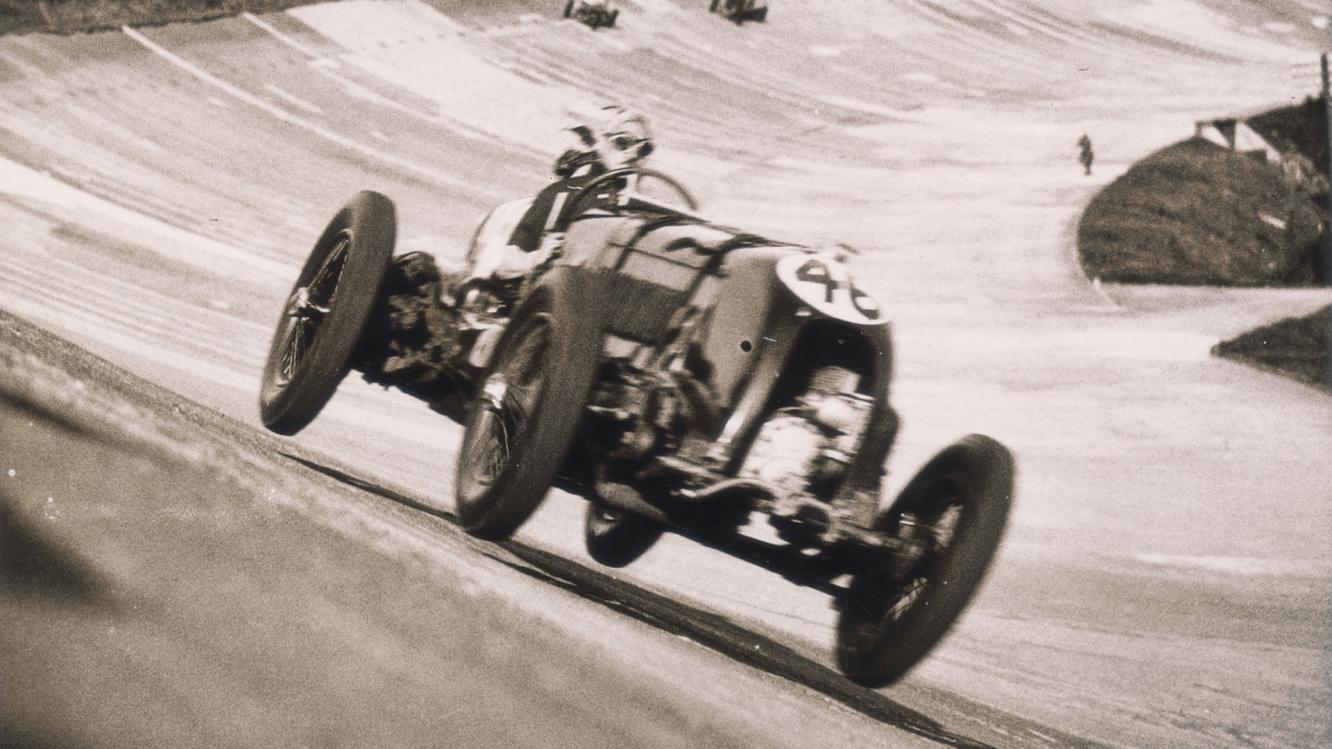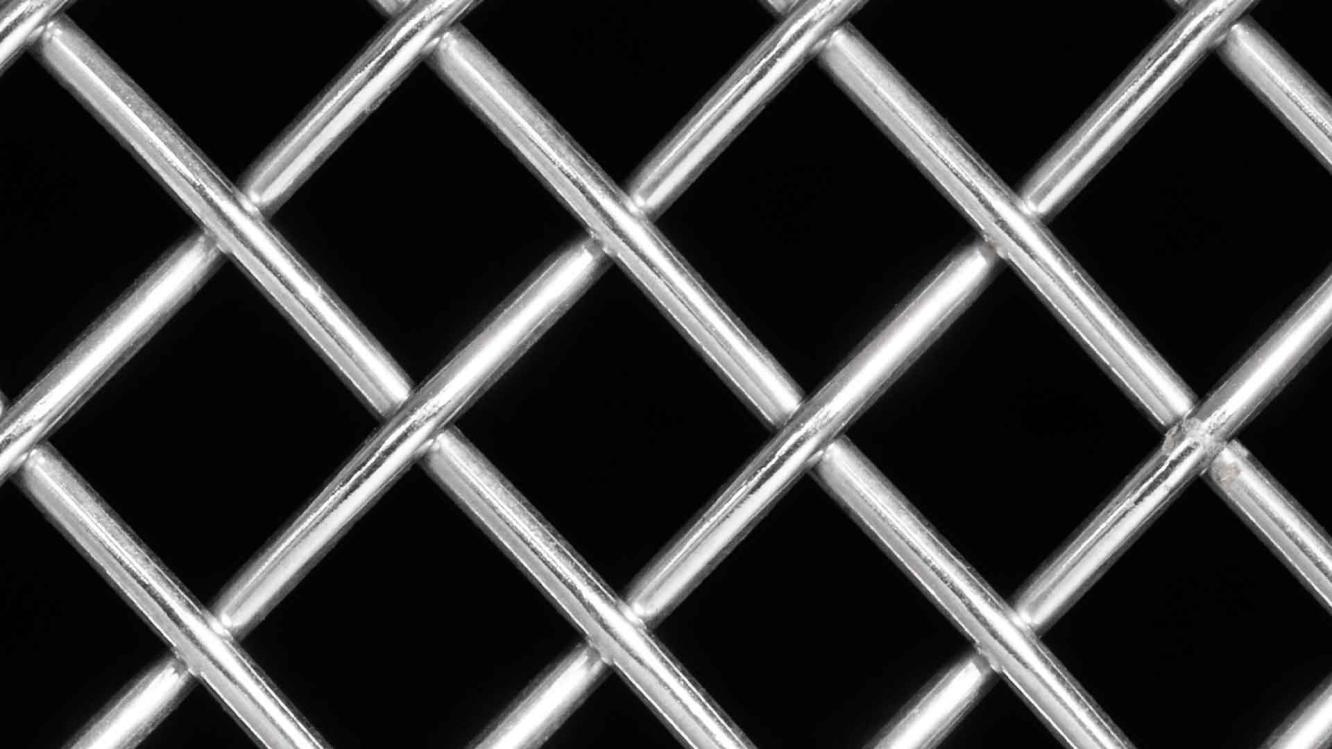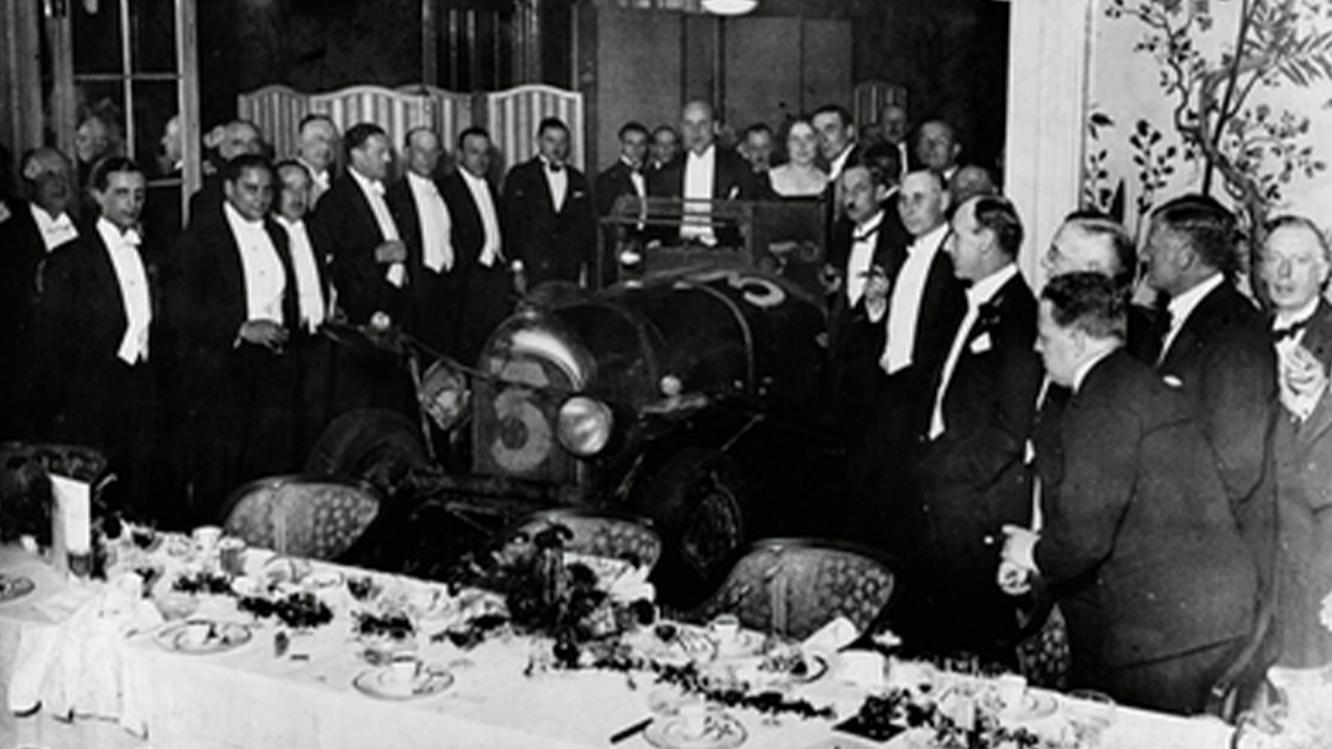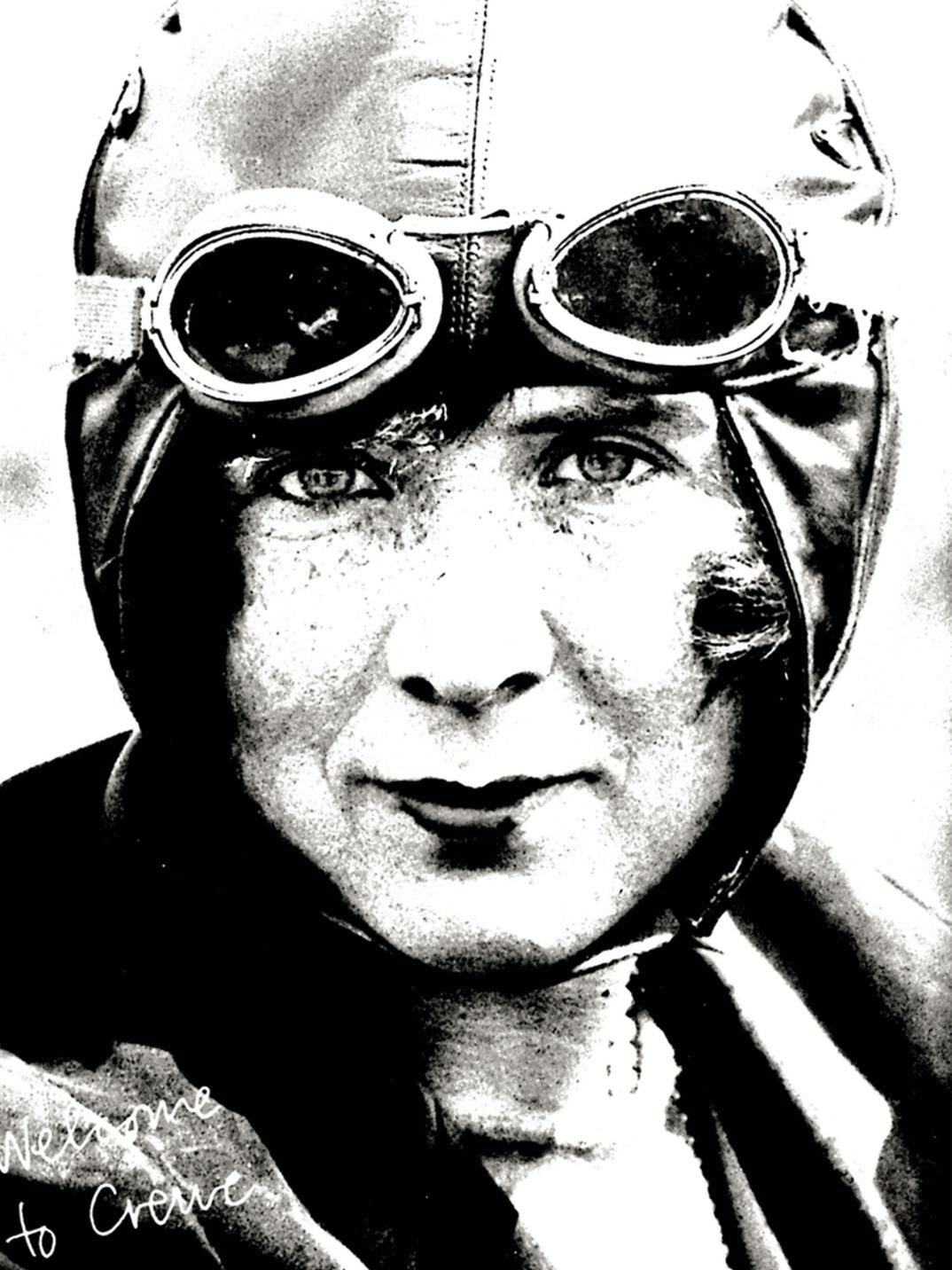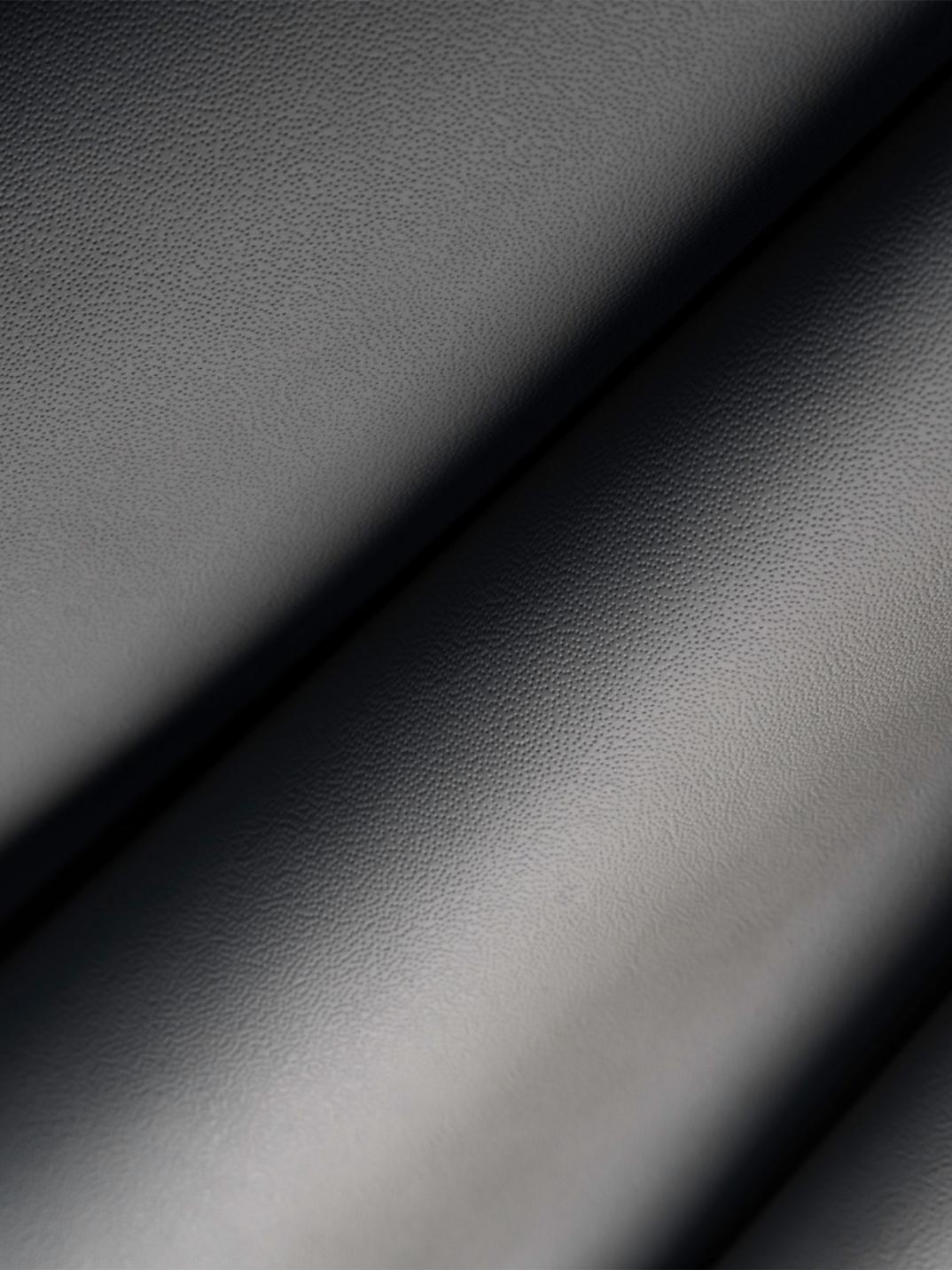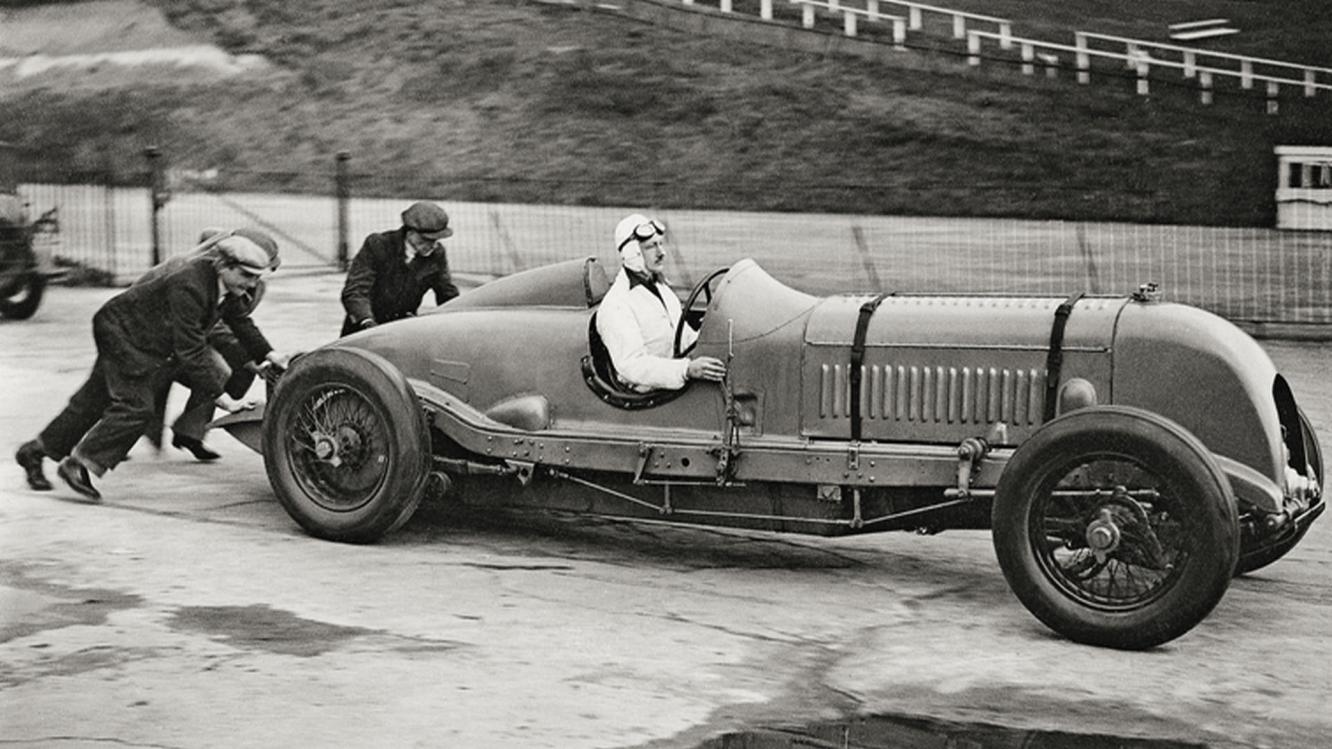

The original Bentley Boys and Girls
Along with founder W.O. Bentley, the Bentley Boys and their inspirational stories shaped the public image of the marque from the very beginning. Even today, their spirit lives on with the new Bentley Boys.
Inspiring generations. Relentlessly.
Always ready for a race, a challenge or a glass of champagne, the first generation of Bentley Boys were a close-knit group of extraordinary playboys, racers and adventurers who achieved global fame during the 1920s and 30s. They inspired a whole generation of Bentley drivers and admirers, with their passion for driving and deep love of a challenge. And behind the wheel of Bentley motorcars, they dominated Le Mans with five wins in just eight years.
“I don’t think many companies can have built up during such a short period a comparable font of legend and myth, story and anecdote. The company’s activities attracted the public’s fancy and added a touch of colour, of vicarious glamour and excitement to drab lives.”
W.O. Bentley’s words sum up the appeal of the Bentley Boys and their cars to perfection.


